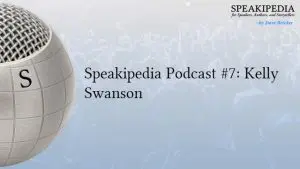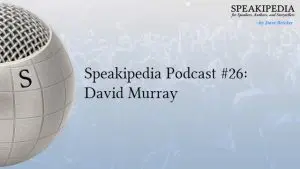Dynamics—change—is the hallmark of an engaging speech. One variable that’s often overlooked is emotional intensity.
Changes in intensity offer a powerful way to cue your audience to whether you’re playing a role in a story or narrating.
A lesser speaker might describe a situation like this:
Camping is so much fun. The rain made the ground turn to mud, the mosquitoes were out in force, the temperature went down to freezing, and we couldn’t get the stove to start.
How about you? Have you ever been on the camping trip from hell?
That tells us what happened but it doesn’t tell the audience how it felt. Let’s add some contrast:
The rain! The mud! The cold! The mosquitoes! That frustrating broken stove! You said camping was going to be fun!
How about you? Have you ever been on “the camping trip from hell?”
This second rendering is much more engaging. There’s a clear switch from being you IN the story to being you as the narrator AFTER the story. And instead of listening and interpreting, your audience will directly feel the emotions attached to the camping misadventure.





